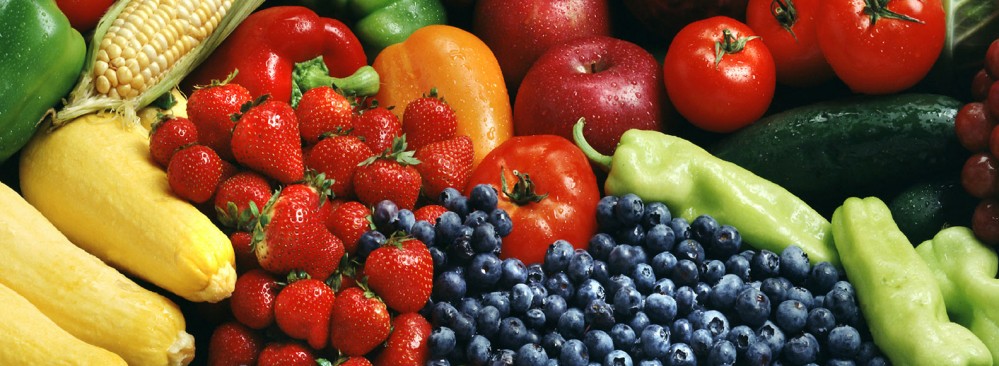It goes without saying, but fall is officially here again. Like me, I’m sure you’ve been bombarded with social media posts excited about the prospect of warm sweaters, bonfires and this season’s hot commodity, pumpkin. In the past few weeks I’ve learned that people will try to put pumpkin in almost anything that can be consumed. I’ve seen posts boasting about pumpkin muffins, bars, lattes, cakes, dips and the list goes on.
I, myself, am a sucker when it comes to pumpkin flavored treats. There is just something about the flavor that goes so well with fall. But let’s not judge this food by its flavor. There is more to the trendy pumpkin than it’s oh-so-deliciousness. Pumpkins are also jam-packed with nutrients our body needs to function properly.
The pumpkin is unique in that, by some, it is considered a fruit and by others, a vegetable. Botanists classify it as a fruit, while those in the culinary world consider it a vegetable because of how it is used when cooking. The United States Department of Agriculture states that half a cup of pumpkin is equal to an entire serving of vegetables. Pumpkin is great for anyone trying to eat healthy and is especially beneficial to those watching their weight. This is due to the fact that it is remarkably low in calories and contains a significant amount of fiber, which helps us feel fuller for a longer period of time.
Pumpkin also contains a plethora of micronutrients: Vitamin A, Iron, Vitamin C and many more. Why should you care about these little guys, which usually go overlooked? They play important roles in the daily functions of your body. Let’s skip over the scientific mechanisms of how these micronutrients work in the body and go straight to the good stuff. That is, WHY they are necessary.
- Vitamin A helps maintain good eyesight, which is crucial as we age. It also reduces our chance of getting sick by maintaining the barrier of skin that protects our body against the entry of disease pathogens. Vitamin A may also act as an antioxidant in the body, which decreases the risk of diseases such as certain types of cancer.
- Iron is part of many enzymes, which aid our body in food digestion. It also carries oxygen through the blood and, without it, our body’s important reactions could not continue.
- Vitamin C is another natural form of antioxidant that helps protect the body’s cells from damage. It is also needed in the growth and repair of body tissues. For example, when you get a scratch on your arm, vitamin C assists in the healing process.
Even though there is so much good packed into this fall staple, when mixed with other ‘not so healthy’ ingredients, it can do some damage to your waist line. I found this great recipe, from none other than Martha Stewart. It can be made in under 30 minutes and has very few ingredients. I made a few tweaks* that guarantee this dish to be light on calories, heavy on nutrients and exploding with flavor. Help ring in fall by giving it a go and don’t forget to let me know how it goes!
Penne with Creamy Pumpkin Sauce (servings 4)
*with my tweaks this dish comes in at 222 calories, 8 g. protein, 26 g. carbohydrates, 5 g. fiber, 11 g. fat, 3.2 f. sat fat, 7 g. mono and polyunsaturated fats, 11.7 mg. cholesterol
Ingredients:
12 oz. 100% whole grain penne pasta, or other short pasta
Coarse salt
2 Tbl. olive oil
1 Tbl. fresh rosemary
1 can (15 oz.) pure pumpkin puree
1 garlic clove, minced
1/2 cup, low-fat, half-and-half
1/3 cup grated parmesan
1 Tbl. white-wine vinegar
1/4 tsp. red-pepper flakes
Directions:
Cook pasta in a large pot of boiling salted water. Reserve 2 cups pasta water. Drain pasta and set aside.
In pasta pot, heat oil over medium. Add rosemary and fry stirring, until starting to brown (1-2 minutes). Using slotted spoon, transfer rosemary to a paper towel, leaving oil in pot.
Carefully add pumpkin puree, garlic, half-and-half, parmesan, vinegar, red-pepper, and 1 cup of reserved pasta water to pot. Stir sauce until heated through (2-3 minutes).
Add pasta to sauce and toss. If sauce is too thick, add some more reserved pasta water. Season generously with most salt and the fried rosemary.
Sources for further information:
http://www.mayoclinic.com/health/fruit-vegetable-difference/MY02201
http://nutrican.fshn.uiuc.edu/pumpkin.jpg
http://nutrican.fshn.uiuc.edu/tables/Pumpkin.html
http://publichealth.lacounty.gov/nut/LACOLLAB_Files/documents/HOTM/itsaFRUITVEGETABLEPUMPKINf.pdf
http://www.cdc.gov/nutrition/everyone/basics/vitamins/iron.html
